Rear I/O
The rear I/O includes:- PS2 keyboard and mouse
- Coaxial and optical digital S/PDIF out
- Clear CMOS jumper
- Six USB 2.0 ports
- One RJ45 Ethernet socket
- Six 3.5mm audio jacks for 7.1 channel High-Definition surround sound including microphone and line-inputs
The clear CMOS jumper is the only real unique addition, and as a tiny red jumper it's difficult to get to around the back of a case, and fiddly to use nestled between cables. How much does a simple button cost, really?

BIOS
The Genie BIOS is the section for all the performance tweaks, but before you dive into it don't forget to hit F9 to enable the advanced mode. This is somewhat important because it opens up the extra options for memory tweaks, however even in "basic" mode there's all of the voltage and frequency tweaks available.
Cool'n'Quiet has to be forced to "disabled" in order to open up the overclocking options, and while the clock ratios and frequency adjustment match the AMD standard, the voltage tweaks for the CPU, northbridge core, PCI-Express and HyperTransport are also nicely fine. DFI includes the "special add" option as a per cent factor of voltage, for that bit more, but it doesn't pre-calculate this in addition to the offset offered, which makes it difficult to know the actual CPU voltage at the end of it. There are only three special adds too, unlike boards of old that offered a much greater selection.
Under the memory options there is plenty of control linked in from the CPU memory controller, and DFI even includes its signature drive strength and termination resistance options too on a per-channel basis to get into the nitty gritty of squeezing the last drips of memory performance out. In addition there's also the CMOS reloaded function, with overclocking presets tested by DFI included. While niche, this is awesome, as DFI is the only company to do this. The four slots can be labeled according with up to three lines of text to add a necessary level of detail.
The fan control functions included work for three three-pin ports and can be adjusted according to the measured temperature. This is pretty good as the temp can be adjusted per degree Centigrade, but there are no specific options for three or four-pin control.
Where DFI falls behind is the lack of in-BIOS flash utility that should be a default feature in modern BIOSes and an effective BIOS backup solution. As far as we can see, there's no redundancy in place at all, just the single BIOS chip soldered to the board making it non-removable.

MSI MPG Velox 100R Chassis Review
October 14 2021 | 15:04


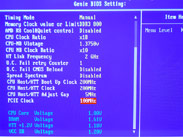
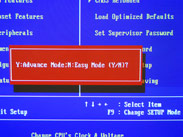
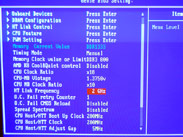
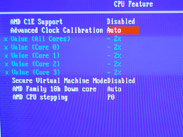
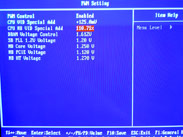
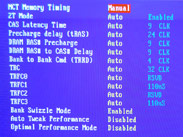
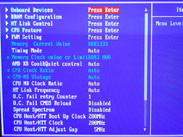
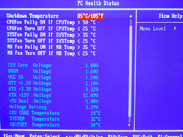







Want to comment? Please log in.